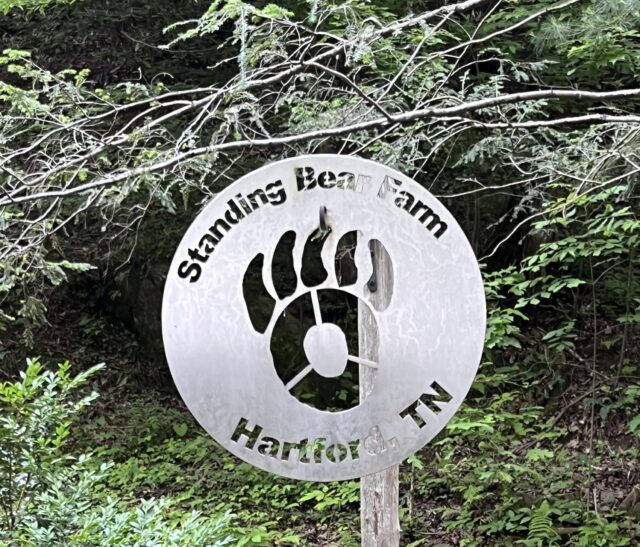The completion of my walk from last year is in Pause until September, but I have been following in News on the Trek, Facebook and You Tube. Recent news reminded me of some of the risks we take and the obstacles we face while walking.
The tragic story of Tim and Esther Keiderling’s deaths on Mount Katahdin earlier this month is very sad. Apparently she died of hypothermia and she for the trauma of the forceful force. I remember my own experience in Katahdin on August 9. Titan and I had the hope of reaching the summit before the remnant of the tropical storm Debby exceeded the area. But we were not fortunate and the storm hit while we ascended the most steep part of the hunting path. Not only did it become slippery, but it was cold, and windy above the tree line with ice granules falling. We could accumulate and descend quickly without any serious problem, but we both realized the ease with which things could have become bad. In Katahdin and in another Alpine terrain in Maine and New Hampshire rain and the cold weather team, along with dry clothes, are necessary at any time of the year, even when only the day of excursion. One also has to know when it is wise to return and wait for a storm.
The other recent event was the sudden flood near Daveport Gap in North Carolina. Standing Bear Hostel damage is heartbreaking and recovery will be a difficult challenge. I had housed Standing Bear in mid -May and really enjoyed that unique stage and the people who handled the place. I remembered my own experience in Damascus during Helene last year when the city and surroundings were flooded. Intense localized storms seem to be happening more frequently are not often predicted. I had my own experience in May near Blood MTN when they caught me under a rain and hail storm with intense lighting. I bought an umbrella of a small hiker for protection after that experience. It makes sense to verify the meteorological radar on a telephone or satellite device on the days when the probability of thunderstorms is high. Sometimes we can get a storm in a shelter or even a private covered with adequate anticipation. Taking a zero day when an intense activity of thunderstorms is predicted or heavy rain is also a good idea.
I know there are many other risks that we face as long -distance hikers, many of which are not easily avoided. Technology and improvements in equipment design have made it a bit easier to mitigate many of these risks. But in the end, we just need to take the necessary precautions and accept that there are risks that must be taken through a walk. I wish everyone a safe trip and keep them lost in my thoughts and prayers.
This website contains affiliate links, which means that the walk can receive a percentage of any product or service that you buy using the links in the items or ads. The buyer pays the same price that would do it differently, and his purchase helps to support the continuous objective of the walk to address his quality backpack advice and information. Thanks for your support!
For more information, visit the page about this site.


:max_bytes(150000):strip_icc():focal(749x0:751x2)/Dena-Suihkonen-111725-1-25091ec046794cf3a328f6d4d707219d.jpg?w=238&resize=238,178&ssl=1)

